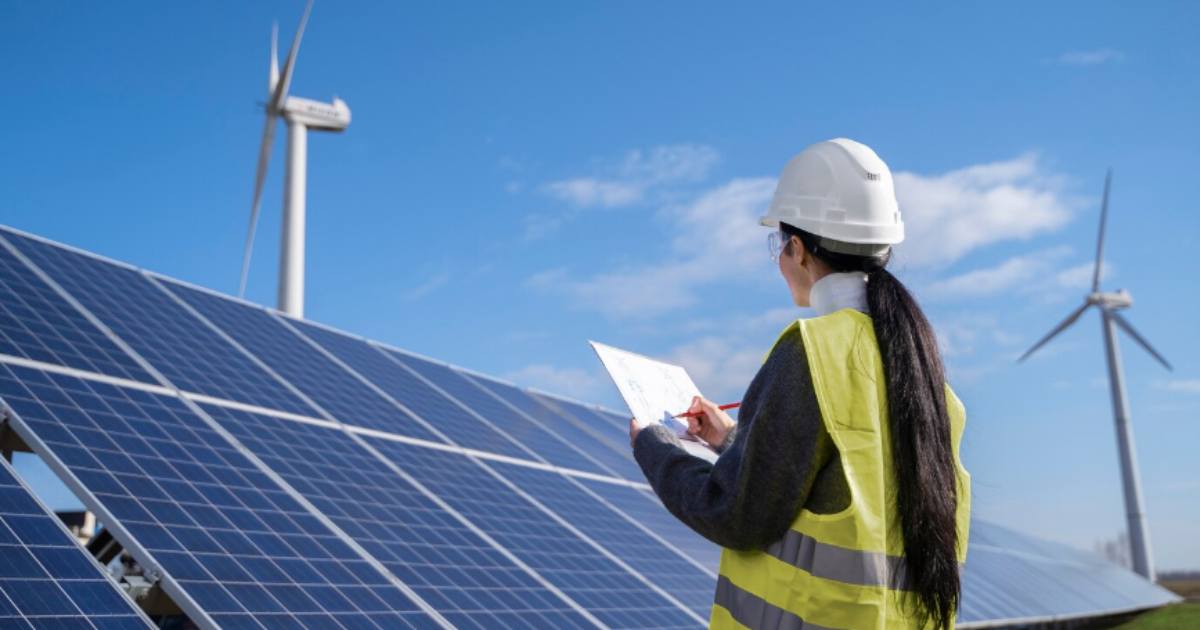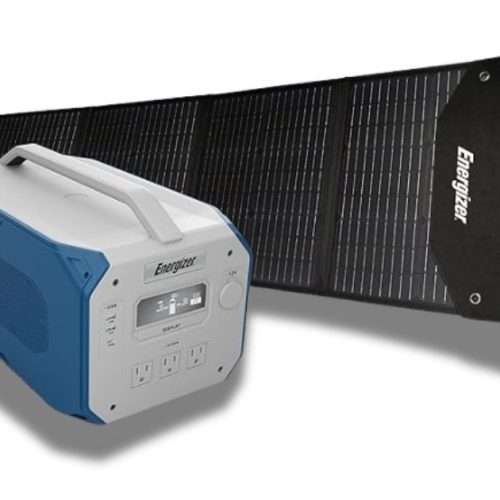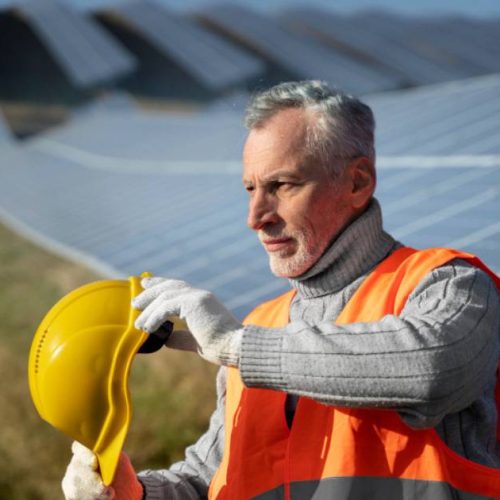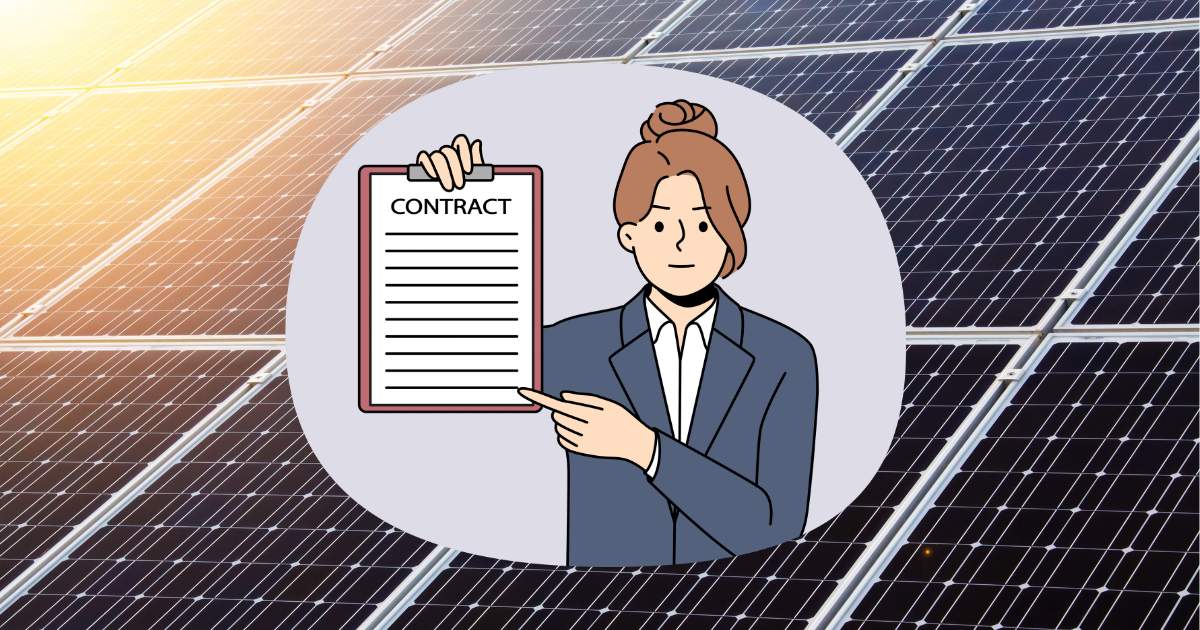Monocrystalline solar panels are a popular technology in the solar energy market, known for their high efficiency and sleek appearance. In this comprehensive guide, we will know the Advantages and disadvantages of monocrystalline solar panels, how they work, and how monocrystalline solar panels have become people’s best choice over time. We will also consider their efficiency and key considerations for choosing these types of solar panels.

Solar Panels Monocrystalline
Monocrystalline solar panels, also known as single-crystal panels, are made from a single, continuous crystal structure. This type of solar panel is produced using the Czochralski method, where a silicon crystal seed is dipped into molten silicon and slowly extruded to form a cylindrical ingot. The lump is cut into thin wafers to make solar cells.
Advantages of Monocrystalline Solar Panels
Monocrystalline solar panels offer several significant advantages:
High Efficiency
- Monocrystalline panels have the highest efficiency rates, typically between 15% and 22%.
- They are able to convert more sunlight into electricity than polycrystalline and thin-film panels.
Space-Efficient
- Because of their higher efficiency, monocrystalline panels require less space to produce the same amount of power.
- These monocrystalline solar panels are ideal for residential rooftops with limited space.
long life span
- Monocrystalline panels are known for their durability and longevity.
- Most manufacturers offer warranties of 25 years or more, reflecting their confidence in the panel’s long-term performance.
Good performance in low-light conditions
- These panels work well in low-light conditions such as cloudy days or shaded areas.
- They maintain relatively high output power generation ratings even when sunlight is not optimal.
Aesthetic Appeal
Monocrystalline panels have a uniform black appearance, making them more attractive to many than the bluish color of polycrystalline panels.

Disadvantages of monocrystalline solar panels
Despite their many advantages, monocrystalline solar panels also have some disadvantages:
Higher cost
- Monocrystalline panels are more expensive to produce, leading to higher prices for consumers.
- High efficiency and long lifetime justify the cost, but the upfront investment can be substantial.
Production waste
- The manufacturing process of monocrystalline silicon involves significant material waste.
- The Czochralski process results in large amounts of silicon being discarded.
Temperature sensitivity
- Monocrystalline panels can be less efficient at extremely high temperatures.
- Their performance may decrease as temperatures rise, which is something to consider in hot weather.
Complex installation
- Installing monocrystalline panels may require more precise planning and potentially a more complicated installation process.
Polycrystalline vs Monocrystalline Solar Panels
When choosing between polycrystalline and monocrystalline solar panels, it’s important to understand their key differences:
Polycrystalline solar panels
Advantages
- Generally less expensive than monocrystalline panels.
- The manufacturing process produces less waste, making it more environmentally friendly.
Disadvantages
- Low-efficiency rates, typically between 13% and 16%.
- A larger appearance with a bluish tint, which some may find less aesthetically pleasing.
- More space is required to generate the same amount of power as a monocrystalline panel.
Monocrystalline solar panels
Advantages
- High-efficiency rates, often between 15% and 22%.
- More space-efficient, making it suitable for areas with limited installation space.
- The sleek, black look that many find appealing.
Disadvantages
- Higher costs are due to more expensive manufacturing processes.
- Greater production waste leads to higher material costs.

How Monocrystalline Solar Panels Work
Understanding how monocrystalline solar panels work can help you understand their efficiency and effectiveness:
Silicon Wafers
- Monocrystalline panels are composed of silicon wafers cut from single crystals.
- Uniform crystal structure for better electron flow, increasing efficiency.
Photovoltaic Effect
- When sunlight hits the solar panel, it energizes the electrons, causing them to flow and create an electric current.
- The consistent structure of monocrystalline cells enhances this effect, leading to higher efficiency.
Assembly
- Silicon wafers are assembled into cells, which are then connected to form a panel.
- Each cell is encapsulated to protect against environmental damage and ensure long-term durability.
Monocrystalline Solar Panel Efficiency
Monocrystalline solar panels are famous for their high efficiency, which is one of the main reasons for their popularity:
Efficiency Rates
- Typically ranges from 15% to 22%, with some panels even achieving higher efficiencies.
- Higher efficiency means more electricity is generated from the same amount of sunlight.
Factors Influencing Efficiency
- Quality of Silicon: High-quality silicon improves efficiency.
- Cell design: Advanced designs, such as Passivated Emitter Rear Cell (PERC) technology, increase efficiency.
- Temperature Coefficient: Monocrystalline panels have a low temperature coefficient, which means their efficiency decreases as temperature increases compared to other types of panels.
Real-World Performance
- In real-world situations, monocrystalline panels often outperform other types of panels due to their efficiency and ability to generate more energy per square foot.
- They are particularly useful in situations where space is limited but high power output is required.

Key Considerations for Choosing Monocrystalline Solar Panels
When deciding whether monocrystalline solar panels are the right choice, consider the following factors:
Budget
- Although the initial cost is high, the long-term savings and efficiency can offset the initial investment.
- Explore financing options and incentives that can reduce upfront costs
Roof Space
- If you have limited roof space, the high efficiency of monocrystalline panels can be a significant advantage.
Climate
- Consider your local climate and temperature variations.
- Monocrystalline panels are generally a good choice for areas with low temperatures and low sunlight.
Aesthetic Preferences
- If the appearance of your solar panels is important to you, monocrystalline solar panels are known for their more uniform and sleek appearance.
Perfecting
Monocrystalline solar panels are a top choice for many due to their high efficiency, long lifespan and aesthetic appeal. However, their high cost and the complexity of their production process are important.
By comparing the pros and cons of monocrystalline solar panels with polycrystalline panels, you can make an informed decision that best fits your energy needs and budget.
Understanding how monocrystalline solar panels work and their performance can further guide your decision, ensuring that you choose a solar energy solution that is both efficient and sustainable.
Whether you prioritize efficiency, space-saving, or aesthetics, monochromatic solar panels offer a reliable and high-performance alternative to harnessing solar energy.









